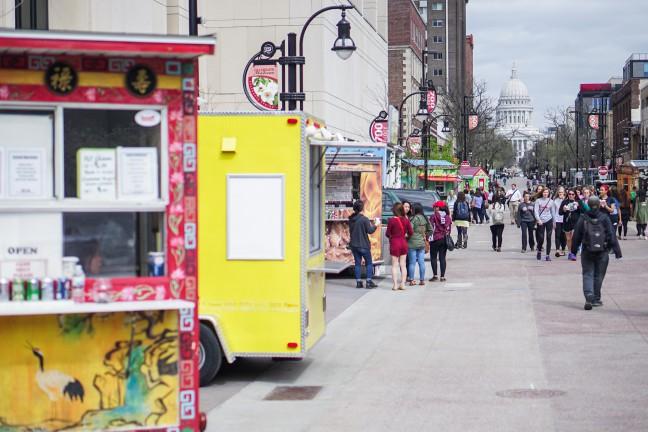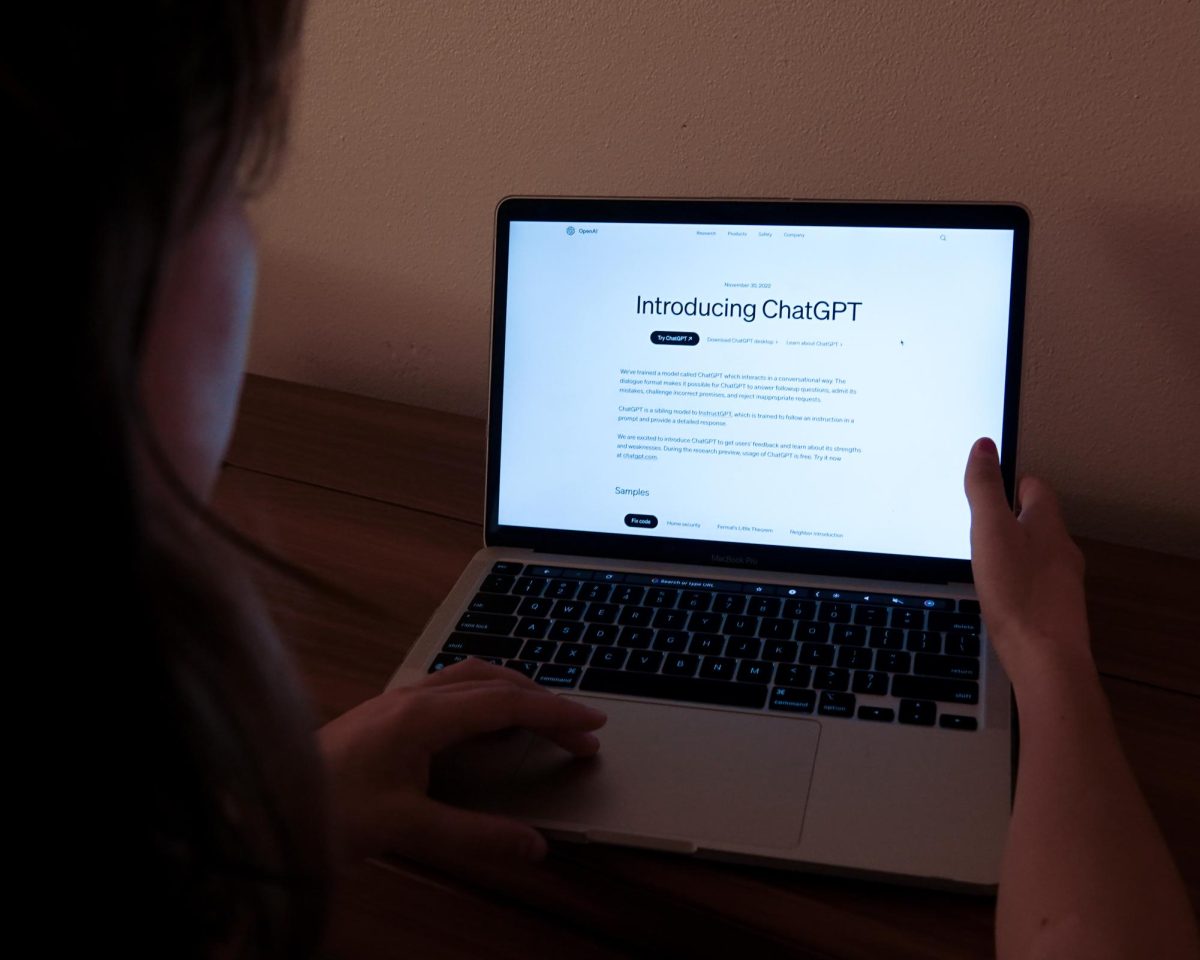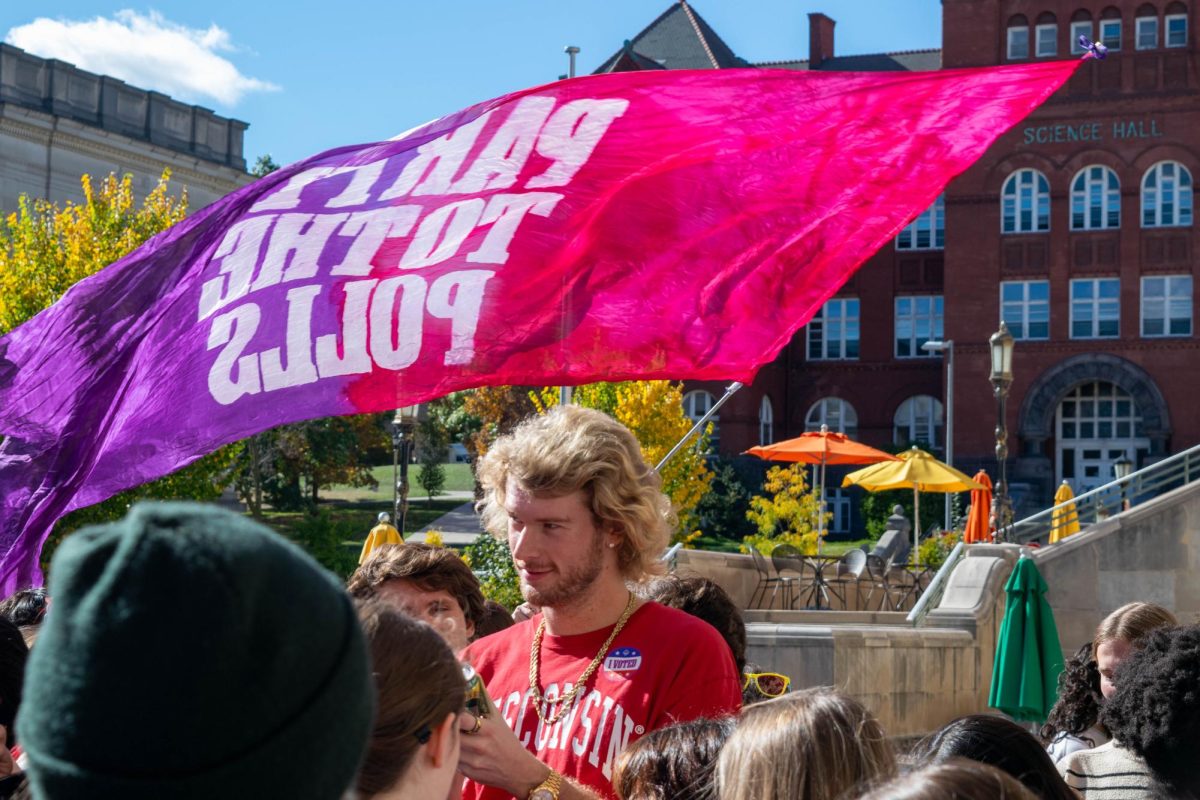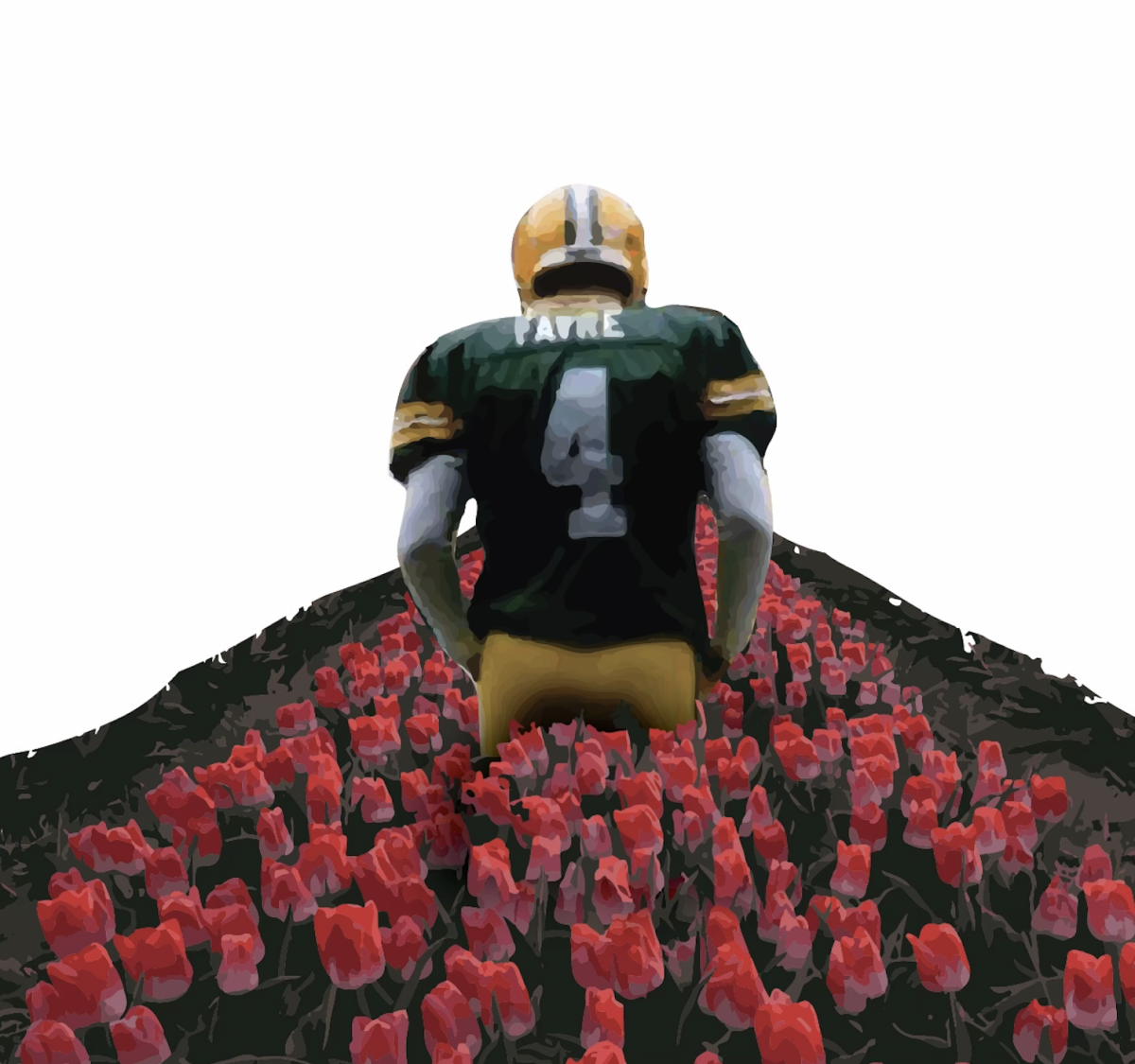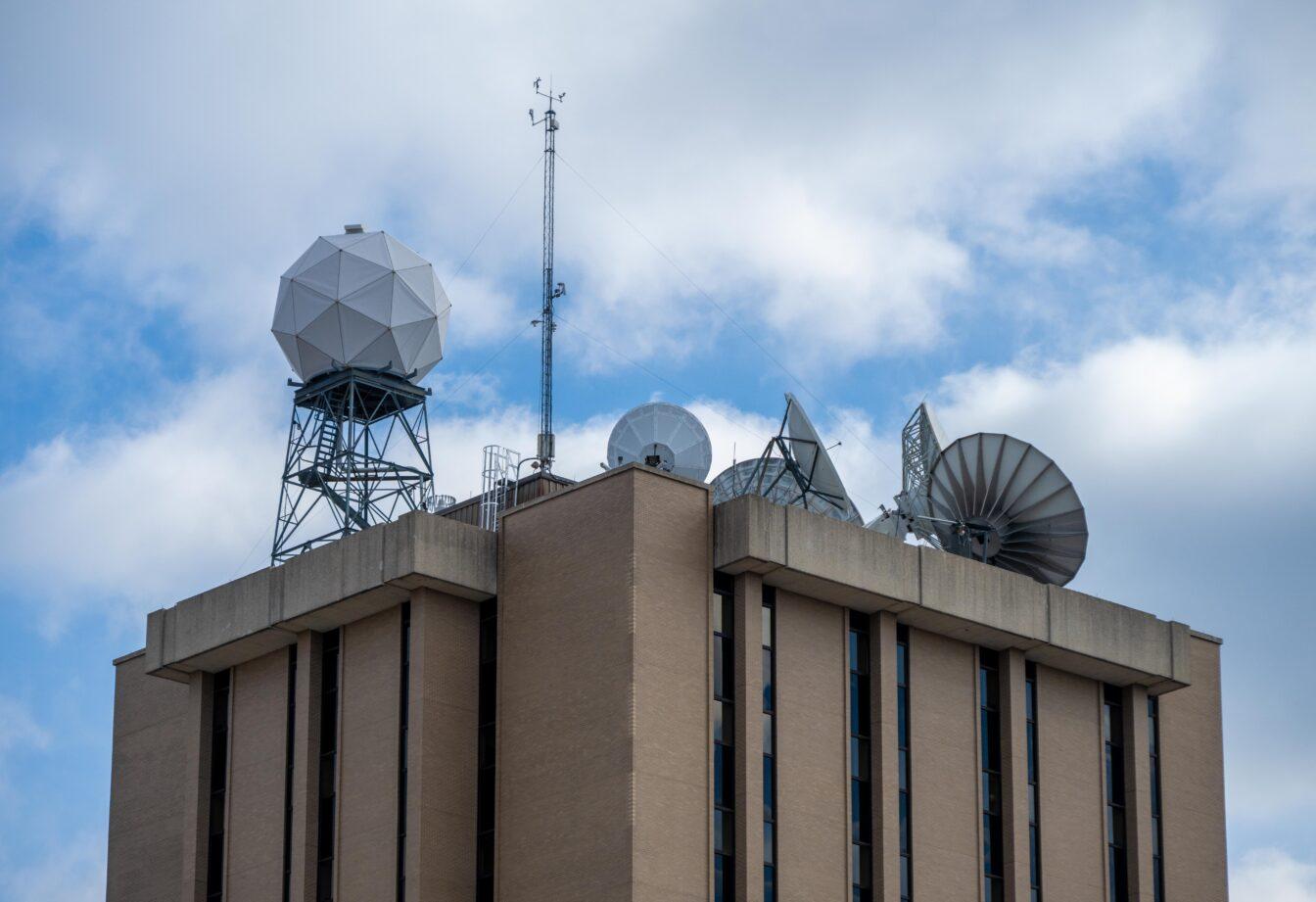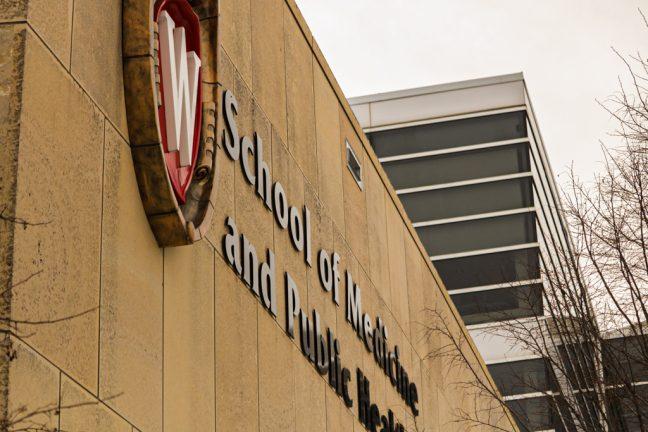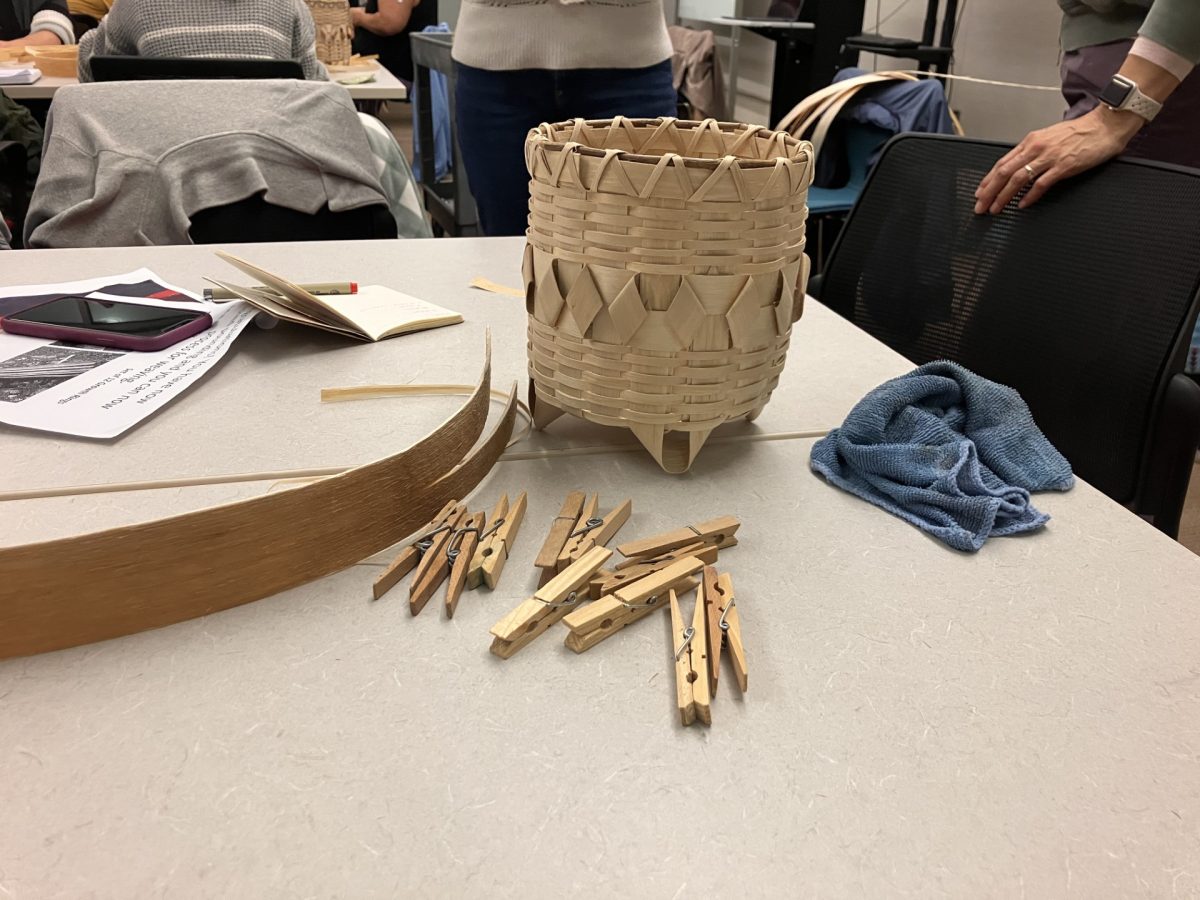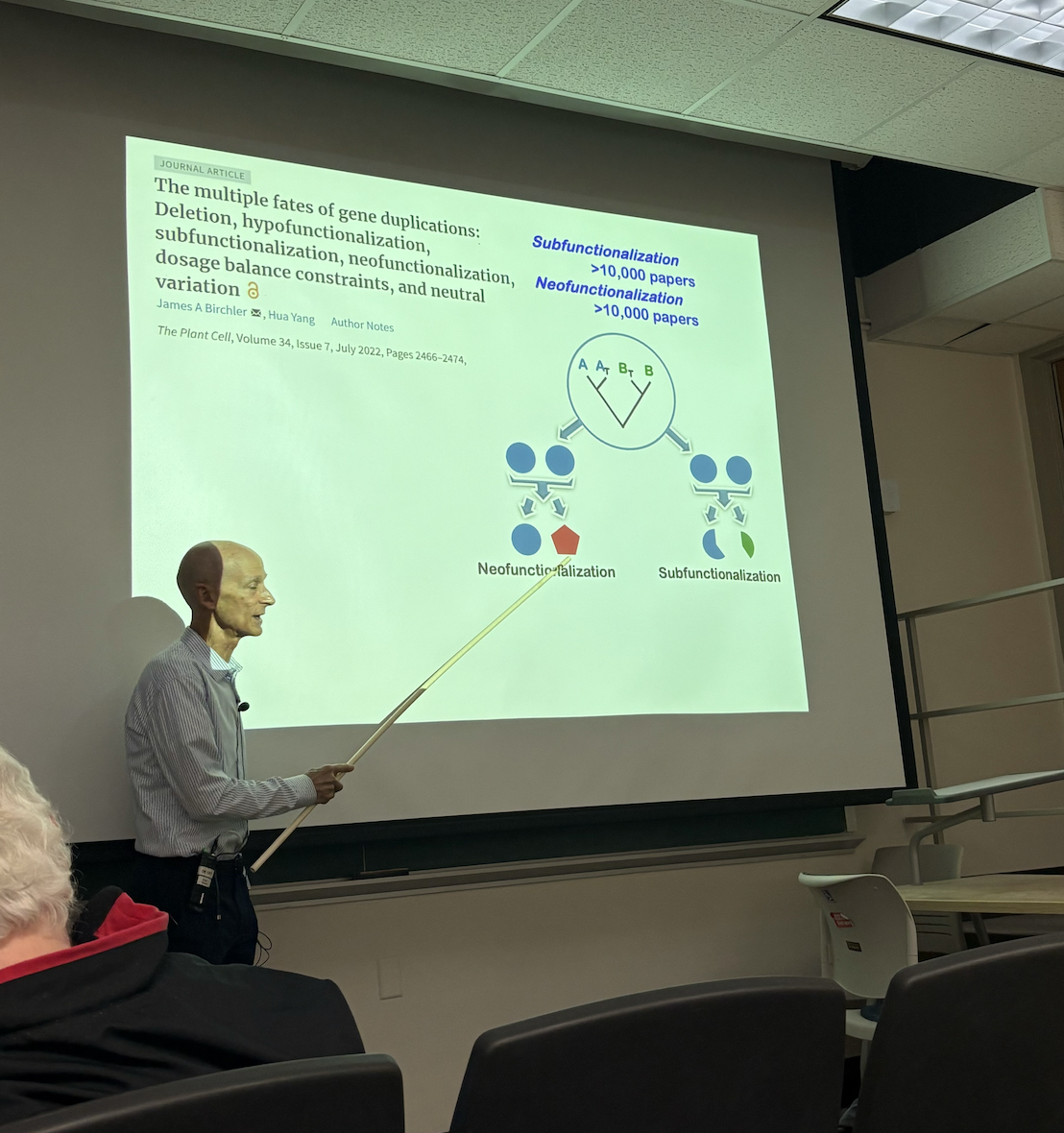The Lab Report: Every week, the Lab Report takes a deep dive into the (research) lives of students and professors outside the classroom.
The U.S. House Energy and Commerce Committee has approved $1.75 billion to be dedicated to tracking SARS-CoV-2 variants through viral sequencing-based surveillance.
According to a press release from the office of Senator Tammy Baldwin, D-Wis., the funds will be used to expand and improve genome sequencing projects, identify variants and monitor the transmission of viruses, including SARS-CoV-2. The money could also be used to support viral sequencing efforts in state and local health departments and increase the capacity of these departments to conduct sequencing and analysis of genomic information.
The legislation also states funds could go toward support for public health departments and laboratories to identify outbreaks and clusters of infection, develop disease response strategies from this data and to construct or renovate facilities to improve viral sequencing capabilities.
The funds were proposed by Baldwin earlier this month when she, along with representatives Ami Bera, D-Calif., and Scott Peters, D-Calif., introduced the Tracking COVID-19 Variants Act. The original $2 billion proposal is intended to allow for the identification, surveillance and understanding of new SARS-CoV-2 variants, Baldwin said in an email statement to The Badger Herald.
“We should be a world leader in this effort, and that means we must invest more funding and resources to allow the CDC to ramp up national sequence-based surveillance and support our public health infrastructure,” Baldwin said.
According to Baldwin’s press release, the U.S. currently only has surveillance data for 0.3% of all COVID-19 cases, which is far less than many other countries. With these new funds, the goal is to survey at least 15% of all positive cases in the U.S.
“Variants represent a growing threat to the health and security of our nation, and right now the U.S. is lagging behind other countries in tracking new and emerging variants of this deadly virus,” Baldwin said.
The Lab Report: Improving immunotherapy for cancer patients by braking inhibitors
The Friedrich and O’Connor labs at the University of Wisconsin have been sequencing SARS-CoV-2 samples since Feb. 2020, graduate student in the O’Connor Lab Gage Moreno said.
“I think Senator Baldwin’s legislation is really going to change how the country views [the] virus spread,” Moreno said.
Though Dane County has already sequenced about 5% of its cases — much higher than the national average — Moreno said only a few other counties in the U.S. have as much sequencing data. Moreno said most of the country is completely in the dark about the viruses present in their communities.
“They have no idea what viruses are circulating in their community. They have no idea if any of these variants of concern are there because they’re not looking,” Moreno said.
A key limitation to widespread viral sequencing is funding and having the manpower to run the operation, Moreno said. With more money being dedicated to viral sequence-based surveillance, it may be possible to shine a light on what is happening with COVID-19 in the U.S.
The Lab Report: Developing antiviral compounds and alternatives to radioactive labeling
Katarina Braun, a graduate student from the Friedrich Lab, which has also been sequencing SARS-CoV-2, said the new legislation could also lead to more organized sequencing efforts. Without a central agency in charge of organizing funds, helping with analysis and communicating with the general public, Braun said there are limits to what individual labs can do.
“There’s a lot of individuals and individual labs who are really doing their best to sequence, but it’s just not as efficient as when you have a federal, organized institution that’s overseeing and providing resources,” Braun said.
Braun said one application of viral sequencing data is tracking where a virus has likely come from and predicting where it may go next. Researchers can take advantage of the way a virus mutates when it replicates by tracking its unique genetic code, similar to a fingerprint.
“By comparing the viral diversity that we have here to other parts of the state, country or world, we can say where viruses are most likely coming from and going to,” Braun said. “And that helps us make predictions about how the virus is coming into our communities, how it’s getting out and how we can better protect people from infections.”
Sequencing data can also help determine how a virus is spreading within a community. If a group of people are all infected with viruses with similar mutations, Braun said, it is likely the virus has spread from person to person within that group. If a group is infected with all genetically distinct viruses, it is more likely they have all been exposed through different sources.
Braun said this information can help researchers answer questions such as whether healthcare workers are being infected through patient exposure or outside sources. By comparing the genetic fingerprints of the healthcare workers’ virus, the viruses of their patients and those in the outside community, it can be determined whether the infection was likely transmitted through patient contact or not.
So far, Moreno and Braun have sequenced 5,663 SARS-CoV-2. It is a three-day process to sequence a batch of samples and involves isolating RNA, converting it to DNA and then preparing the DNA to be sequenced by machine, Moreno said.
Sequencing information has allowed researchers to identify variants of concern, which have attributes which make them more dangerous, such as being more transmissible or evading antibody responses, Moreno said.
“Those are variants that you don’t really want in your community,” Moreno said. “And so you need a really good surveillance system in place so that you’re sequencing a large chunk of viruses within your community to understand what viruses are already there.”
The O’Connor and Friedrich Labs are aiming to continue sequencing, with a goal of having 10–15% of all cases in Dane County sequenced. With the increased data, Moreno said it is important to find variants of concern in the community and notify public health immediately so infected individuals are isolated effectively and the variant is not spread further.



